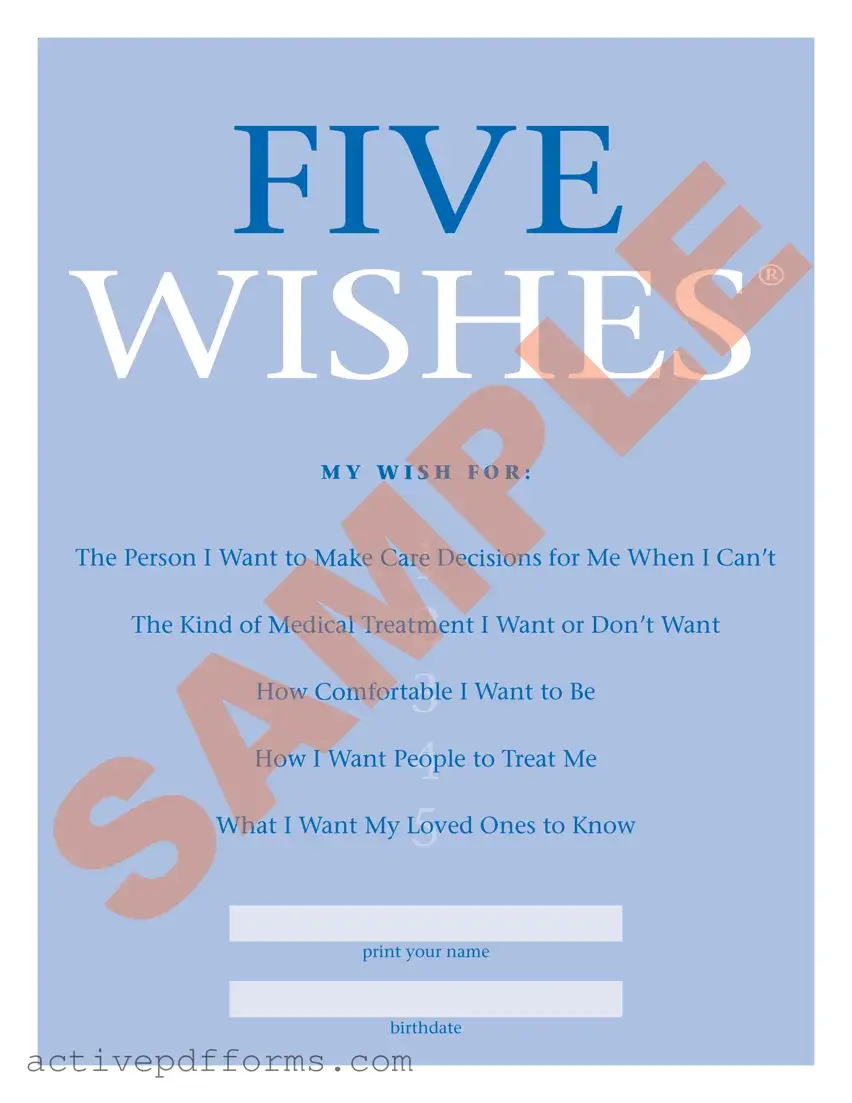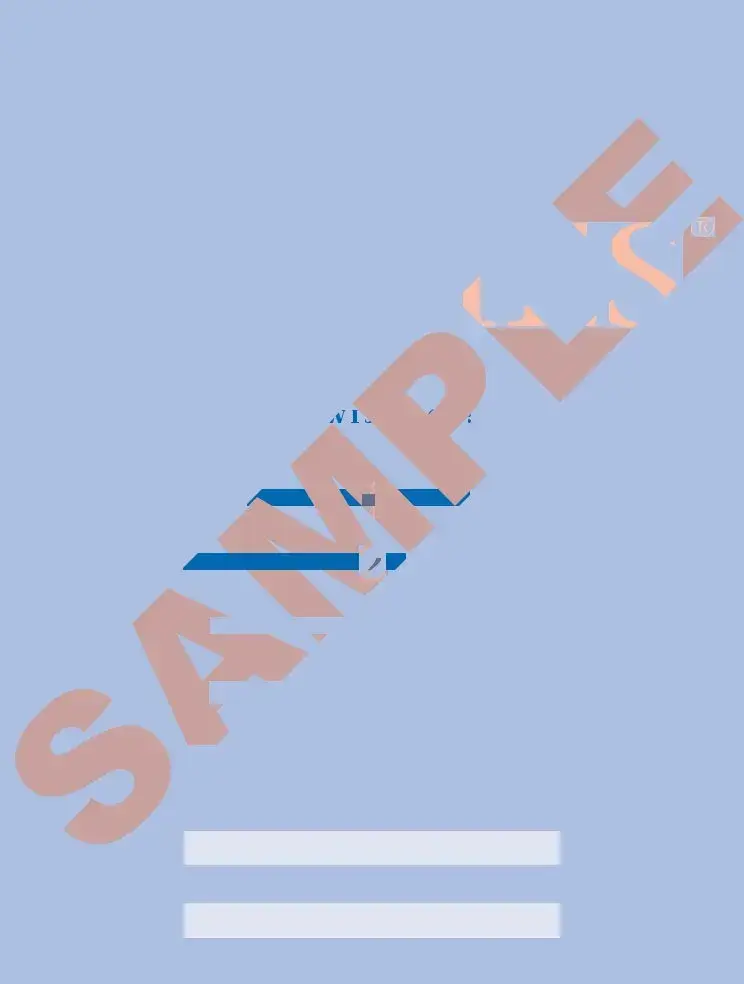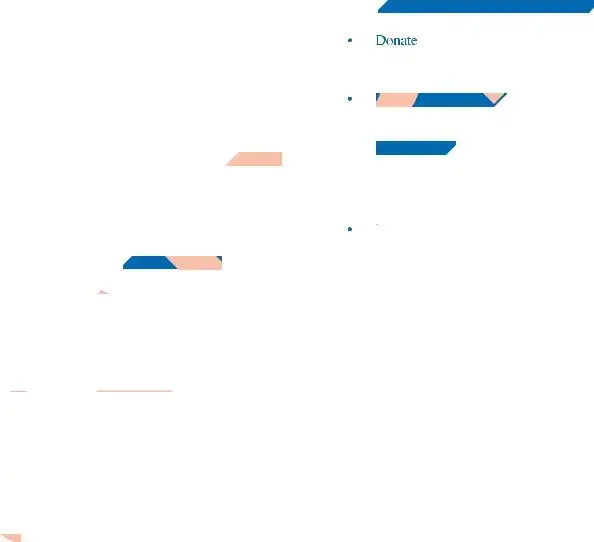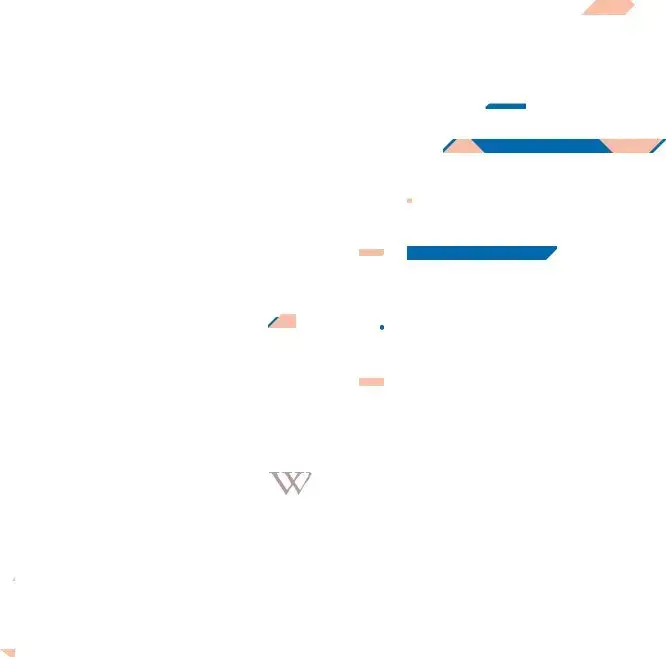In an era when the unpredictability of health can suddenly thrust individuals into situations where they can no longer speak for themselves, having a say in personal healthcare decisions is paramount. The Five Wishes Document emerges as a beacon of hope, offering a comprehensive tool that not only addresses medical preferences but also incorporates emotional, spiritual, and personal desires into end-of-life planning. Far from being just another formality, this document stands out for its holistic approach, allowing individuals to articulate their wishes regarding who should make healthcare decisions on their behalf, the types of medical treatment they wish to receive or avoid, their desired level of comfort, how they want to be treated by others, and what they wish their loved ones to know. Crafted with the insight from The American Bar Association’s Commission on Law and Aging, along with leading end-of-life care experts, Five Wishes is recognized for its legal validity in most states, and its creation was inspired by personal experiences in care settings close to Mother Teresa’s mission of compassion. Available in 27 languages and having touched the lives of over 19 million people, its universal message speaks to anyone over the age of 18, including but not limited to married couples, singles, parents, adult children, and friends. Given its widespread acceptance and ease of use, it has become a resource endorsed by healthcare professionals, legal experts, faith communities, and others. For residents of the District of Columbia and 42 states, Five Wishes satisfies legal requirements, ensuring peace of mind. However, individuals from other states are encouraged to complement it with state-specific forms to make their intentions clear. Transitioning to Five Wishes from a different advanced directive requires simple steps to revoke previous documents and communicate the new preferences clearly to all involved parties. This thoughtful document champions the right of every person to make their end-of-life journey on their own terms, providing a structured yet flexible framework to express and safeguard their choices.











